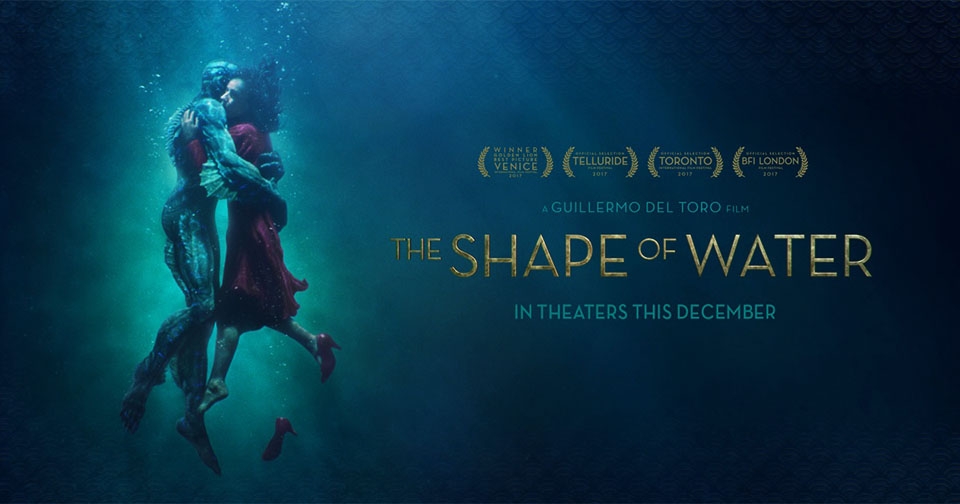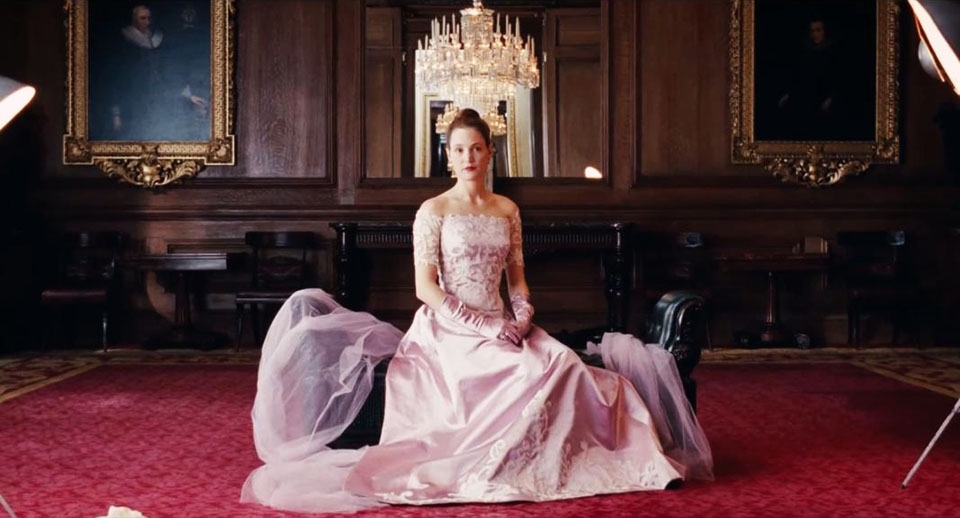

Guillermo del Toro’s film, The Shape of Water, grossed $173.2 million as of March 19, 2018.
Salena Moran & Evan Penrod | Staff Writers
03/22/2018
Oscar season has officially come to a close with the honor of best picture awarded to Guillermo del Toro’s The Shape of Water.
This film pairs a nautical man-creature with a mute custodian in a bizarre romance. While the film presents an original concept among today’s many sequels and reboots, The Shape of Water had strong competition in its category against the films Darkest Hour, Dunkirk, Get Out, Call Me By Your Name, Phantom Thread, The Post, Lady Bird and Three Billboards Outside Ebbing, Missouri.
The Shape of Water is a science fiction fantasy movie set in a Cold War stricken America in 1962. In a top secret government laboratory, two custodians, Elisa Esposito (Sally Hawkins) and Zelda Fuller (Octavia Spencer), discover a classified experiment. Elisa soon develops a relationship with the experiment, leading to conflict with her boss, Richard Strickland (Michael Shannon). This prompts Elisa to concoct a daring plan for the creature’s escape.
Perhaps the most striking aspect of The Shape of Water is its aesthetic features, like makeup and set design. The half-man, half-sea creature’s makeup looks phenomenal. It sold the piece as more believable because the experiment was indeed a real actor in a suit. The design and attention to detail showed true artistry and skill as opposed to using computer generated imagery.
Furthermore, the cinematography beautifully captures the actors and set and the blue, green and earth-toned lighting. The dark and almost shadowy setting makes the film feel as though it takes place underwater. Moreover, a red costume or light that disrupts the blues and greens of the design signals the audience to crucial plot and character developments. Ultimately, the set design exhibits a stylized world that flows and makes sense.
Another excellent aspect of film is the diverse cast. Each character possesses a strong and necessary purpose. Sometimes in films, there are characters that just seem to be present for either comedic effect or as an opposition to the protagonist. This film, however, makes each individual feel relevant to the grand story and takes the time to reveal the characters’ lives more personally.
Among the two main characters, the absence of dialogue was an amazingly beautiful concept. These characters relied so heavily on their gestures and mannerisms that it made up for their failure to speak. This showed immense difficulty on the actors’ part of conveying an emotion through purely visual means.
Furthermore, a plot is only as strong as its villain, and Michael Shannon is scarily fantastic. His character Richard appears evil and sadistic. He has a distinct mission and justification for carrying out his rage on the creature that make him all the more serious and malicious.
Another strength lies in the rapid pace of the plot. In movies like Darkest Hour, there are aspects that are drawn out for what felt like longer than necessary. Throughout The Shape of Water, the appropriate pacing allows for adequate character establishment while pushing the story forward to more interesting sequences that hastened the climax.
While the movie superbly tackled makeup, design, acting and cinematography, some scenes were mildly uncomfortable. For instance, the film implies a sexual relationship between the woman and this Creature from the Black Lagoon-esque figure. Further, certain scenes reveal graphic imagery and include gory scenes of missing appendages and cringeworthy gunshot wounds.
The Oscars praised this eccentric movie because it applauds filmmaking and the art of the craft. As a clear homage to past sci-fi and horror movies of the early ’60s, The Shape of Water presents an original take on the traditional woman meets beast/creature story while making a social statement about the power among a mute woman, an African American woman and a closeted homosexual man with limited rights at that time period.
Ultimately, Guillermo del Toro successfully differentiated his work from the other Oscar nominees in that he portrayed a fictional scenario that brought the audience a pleasurable escape, while teaching real world lessons about empathy and compassion.



